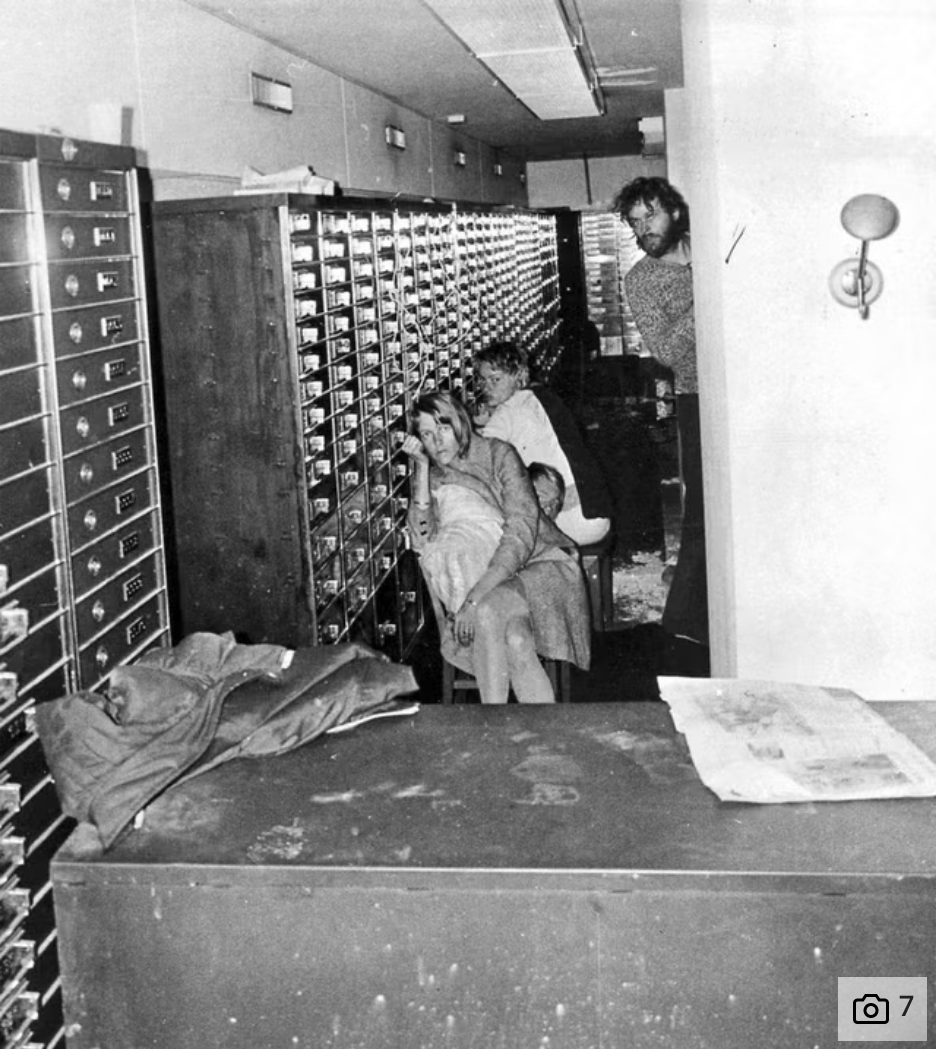Stockholm syndrome is a complex psychological response that can have various causes and isn’t fully understood. However, several factors might contribute to its development:
- Perceived Threat to Survival: When individuals feel their lives are in danger, they may try to survive by bonding or aligning themselves with their captors. This could be because the captor controls their basic needs, like food, shelter, or safety.
- Coping Mechanisms: In stressful or traumatic situations, people might cope by creating a kind of emotional connection with their captors. This coping mechanism helps them deal with the fear and uncertainty of the situation.
- Isolation and Dependency: Being isolated from friends, family, or any outside help can make the captives more dependent on their captors. Over time, this dependency might lead to a feeling of attachment to the person causing their captivity.
- Small Acts of Kindness or Leniency: Sometimes, captors might show occasional kindness or less harsh treatment, which can confuse the captives. These small gestures, in contrast to the overall situation, might be exaggerated in the captives’ minds, creating a skewed positive perception of their captors.
- Power Imbalance and Control: The captor’s control over the captive’s life, along with the power they hold over them, can influence the captive’s feelings. The captor controls almost every aspect of the captive’s existence, leading to a sense of helplessness and dependency.
These factors, among others, can contribute to the development of Stockholm syndrome. It’s important to note that Stockholm syndrome is a rare response and doesn’t happen to everyone in hostage situations. Its occurrence can vary greatly depending on the individual, the circumstances, and how they cope with the traumatic experience.
